Oriental healing systems and all exotic sciences are also considered alternate due to the prejudice that modern practitioners hold. Ayurveda is a curative science that prevents diseases by sobering lifestyles, advocating the consumption of natural vegetative matter and Earthly elements traces.
Ayurveda does not often deliver a time-bound veritable cure, but its palliative and preventive impact are noticeable if consumed as advised. Diet manipulation and variation, abstinence, and exercise, chiefly Yoga, are essential to this practice. In the end, benefit accrues tremendously from a healthy lifestyle, as the system advocates.
Sustained consumption of Ayurvedic medicine is helpful without any or little side effects. However, like any healing science, the delivery should be at the hand of an experienced doctor, and the drugs should conform to safety standards. The pharma industry in India is manufacturing medicines keeping safety standards and efficacy as a regulatory measure.
Being holistic the system incorporates spices in food as part of treatment, prevention, and cure. There are certain spices like Turmeric, coriander powder, cumin, and asafoetida with preventive properties used in daily diet.


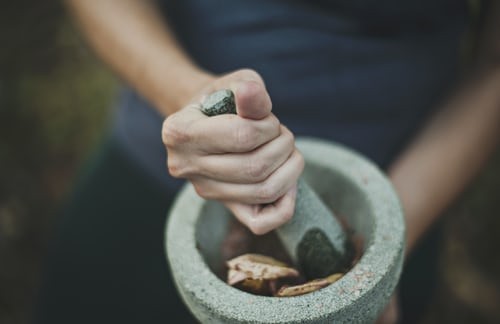
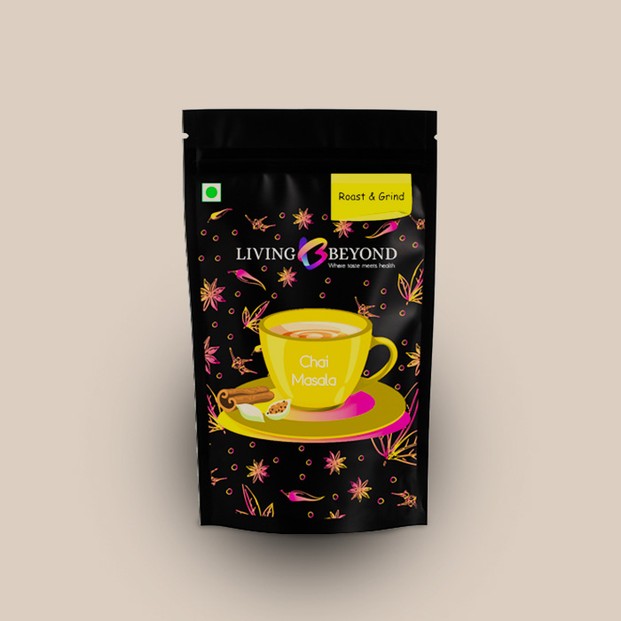
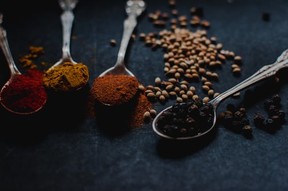 Hinduism being a nature-centric belief, the development of a healing science based on vegetative matter and elements was obvious. Animal products are used in some formulations without the animal being killed.
Hinduism being a nature-centric belief, the development of a healing science based on vegetative matter and elements was obvious. Animal products are used in some formulations without the animal being killed. 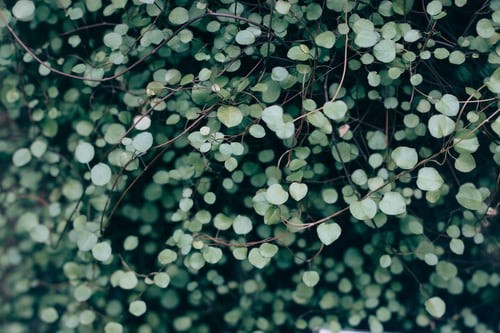
 to Hindu saints, a path akin to renunciation like the great Buddha followed in search of truth.
to Hindu saints, a path akin to renunciation like the great Buddha followed in search of truth. 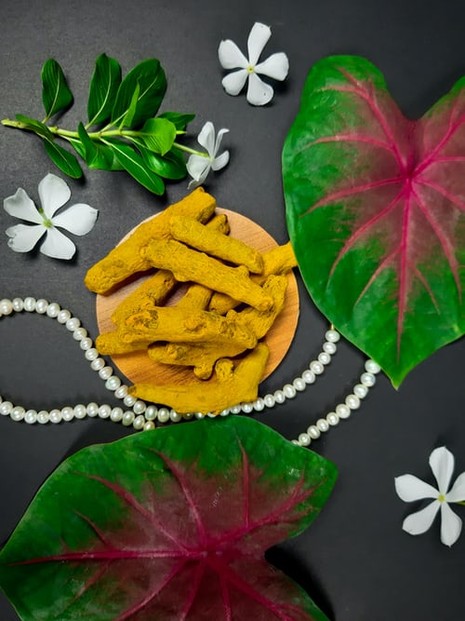







 Full Day Safari in Bandhavgarhon 08/29/2023
Full Day Safari in Bandhavgarhon 08/29/2023
 SEO Campaign: Website Overhaulon 02/13/2023
SEO Campaign: Website Overhaulon 02/13/2023
 Indian Food It Is Not All Curryon 02/08/2023
Indian Food It Is Not All Curryon 02/08/2023
 How Tiger Tourism is Organized in India?on 02/07/2023
How Tiger Tourism is Organized in India?on 02/07/2023


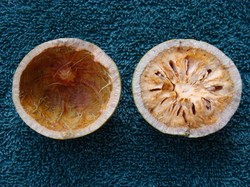
Comments
Thank you!
Ayurvedic practice gives me hope with its all-encompassing approach to the patient. It represents for me the beautiful kindness and wisdom that my parents raised me to regard as true of ancient and modern India.
Instructions are written on the formulations or they are consumed as suggested by the Ayurvedic practitioner.
Would Ayurvedic medicines be consumed all by their lonesomes without drink or food?
Or would they be dosaged with an ordinary drink such as water or a special one such as tea? Or would they be taken with or without ordinary or special food?
I think these are common bases but more dependant upon the practitioner until there is a specific mention of base in a formulation.
Revisiting your article called to mind a question that I had when I first read it.
Under your picture of an ayurveda pestle, you describe the base to formulations as clarified butter, honey or sandalwood paste. Is the base specific to the formulation or may any one of the three work? (I pose the question since I'm partial to honey.)
Yes, we come to know of beneficial aspects of some plants with the use and passage of time. In India work is being done on the capabilities of plants for health benefits as in Ayurveda. More has to be discovered. Very few plants are toxic to humans.
Often plants have positive effects we do not fully understand, but only certain plants.
No I think Shilajit is not replaceable.
pateluday, Thank you for practical information, pretty pictures and product lines.
Ancient peoples such as those of the Indian subcontinent exhibited impressive perception of peoples and things on Earth and of things in the universe.
It's no surprise that ancient Indians would develop ayurveda since they, like their descendants today, respected resources and sentients. Most if not all of the Sanskrit words that I know show among their definitions a sentient animal or plant association.
But back to your article...would any dead plant resin do for shilajit or would some be of greater efficacy and priority than others?